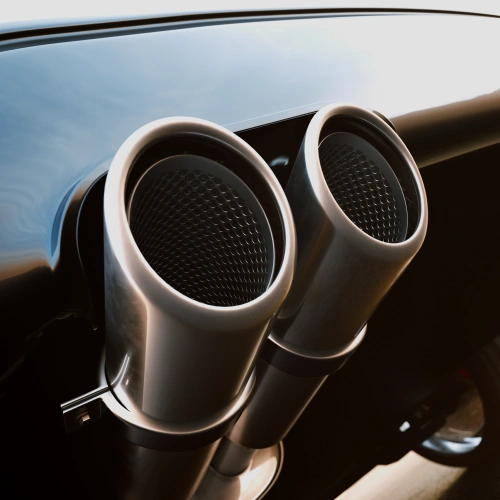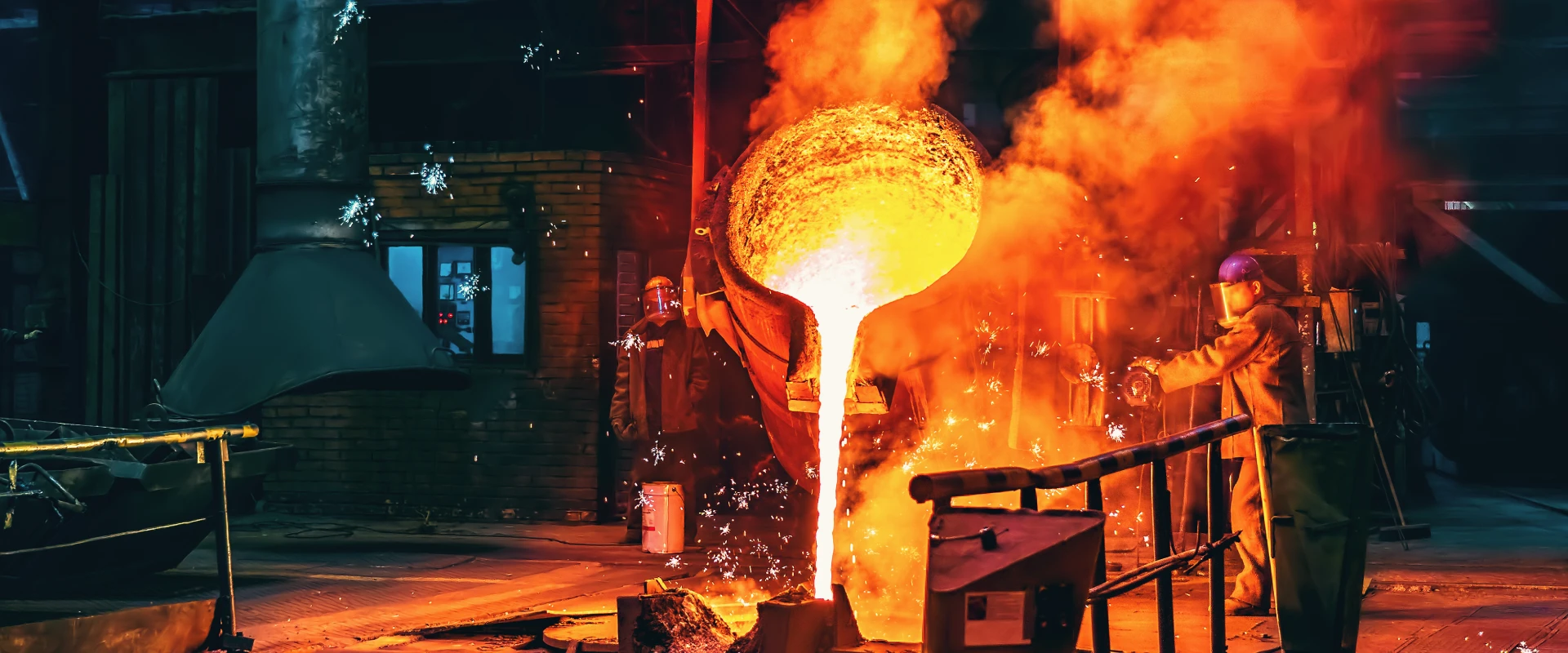Automotive Exhaust Pipe Stainless Steel Selection Points – A Complete Guide
The exhaust system plays a crucial role in vehicle performance, directing gases away from the engine while reducing emissions and noise. Choosing the right material for an automotive exhaust pipe is essential for durability, efficiency, and cost-effectiveness. Among the available options, stainless steel stands out due to its exceptional properties. This guide will explore the key factors to consider when selecting stainless steel for exhaust pipes, ensuring optimal performance and longevity.

Why Choose Stainless Steel for Automotive Exhaust Pipes?
Stainless steel is a preferred choice for automotive exhaust systems due to its outstanding benefits:
Corrosion Resistance: Unlike mild steel, stainless steel resists rust and oxidation, making it ideal for vehicles operating in humid or salt-laden environments.
High-Temperature Resistance: Exhaust pipes are exposed to extreme heat; stainless steel retains its strength and shape under such conditions.
Durability and Strength: It withstands mechanical stress, road debris impact, and thermal expansion without compromising performance.
Lightweight Yet Sturdy: Stainless steel offers a strong structure without adding excessive weight to the vehicle.
Cost-Effectiveness: Though initially more expensive than other materials, its longevity reduces replacement and maintenance costs.
Key Factors in Selecting Stainless Steel for Exhaust Pipes
1) Stainless Steel Grades and Their Suitability
Different stainless steel grades vary in composition, influencing their performance in exhaust systems. The most common choices include:
304 Stainless Steel: Highly resistant to corrosion and oxidation, suitable for high-performance and premium vehicles.
409 Stainless Steel: Cost-effective and widely used in standard vehicles; offers moderate corrosion resistance.
316 Stainless Steel: Superior corrosion resistance due to added molybdenum, ideal for vehicles exposed to marine environments.
201 Stainless Steel: More affordable but less durable; suitable for budget-conscious applications.
2) Corrosion and Oxidation Resistance
Exhaust pipes are constantly exposed to moisture, road salts, and high temperatures, all of which can accelerate corrosion. Grades like 304 and 316 offer excellent resistance, making them ideal for long-term use. Protective coatings and surface treatments further enhance durability, reducing maintenance needs.
3) Heat Resistance and Thermal Expansion
Exhaust gases can reach temperatures exceeding 600°C (1112°F). Stainless steel grades like 304 and 409 handle these extreme conditions well without deforming or losing strength. Thermal expansion considerations are also crucial, as poorly chosen materials may crack or warp over time.
4) Strength and Durability
Exhaust pipes endure vibrations, pressure changes, and mechanical impacts. Stainless steel grades with high tensile strength, such as 304 and 409. provide excellent durability, ensuring the exhaust system remains intact under various driving conditions.
5) Welding and Fabrication Considerations
The ease of welding influences the selection of stainless steel for exhaust pipes. Grades like 409 and 304 are commonly used due to their excellent weldability. Proper welding techniques, such as TIG (Tungsten Inert Gas) welding, help maintain strength and prevent weak points that could lead to premature failure.
Comparing Stainless Steel with Other Exhaust Pipe Materials
To understand why stainless steel is a top choice, it is essential to compare it with other materials:
Stainless Steel vs. Mild Steel: Mild steel is cheaper but highly prone to rust, requiring frequent replacements.
Stainless Steel vs. Aluminum: Aluminum is lightweight but lacks the strength and heat resistance needed for durable exhaust systems.
Stainless Steel vs. Titanium: Titanium is stronger and lighter but significantly more expensive, making it less practical for most vehicles.
Maintenance Tips for Stainless Steel Exhaust Pipes
To maximize the lifespan of stainless steel exhaust pipes, regular maintenance is necessary:
Cleaning: Periodically clean the exhaust system to remove dirt, soot, and road salts that may cause surface discoloration.
Rust Prevention: Though stainless steel resists corrosion, certain environments may still cause surface oxidation; applying protective coatings can help.
Routine Inspection: Check for cracks, leaks, or signs of wear to address minor issues before they escalate.
Proper Installation: Ensure exhaust components are securely mounted to prevent vibrations that could weaken welds and joints.
Selecting the right stainless steel for an automotive exhaust pipe is crucial for longevity, performance, and cost efficiency. Grades like 304 and 409 offer excellent durability and heat resistance, making them ideal for most applications. By considering factors such as corrosion resistance, thermal performance, and ease of fabrication, vehicle owners can make informed choices that enhance their exhaust systems' efficiency. Regular maintenance further ensures optimal functionality, extending the lifespan of the exhaust system while minimizing repair costs.
If you'e looking for high-quality stainless steel , contact us today for a quote or more information.Our expert team is ready to assist with custom solutions tailored to your specific requirements.

